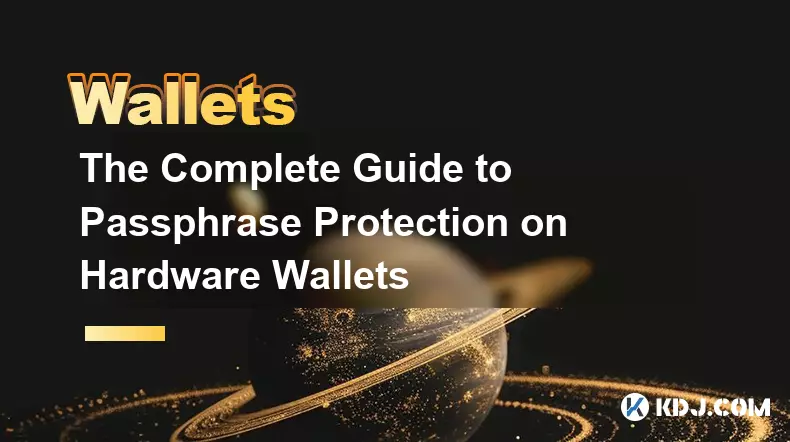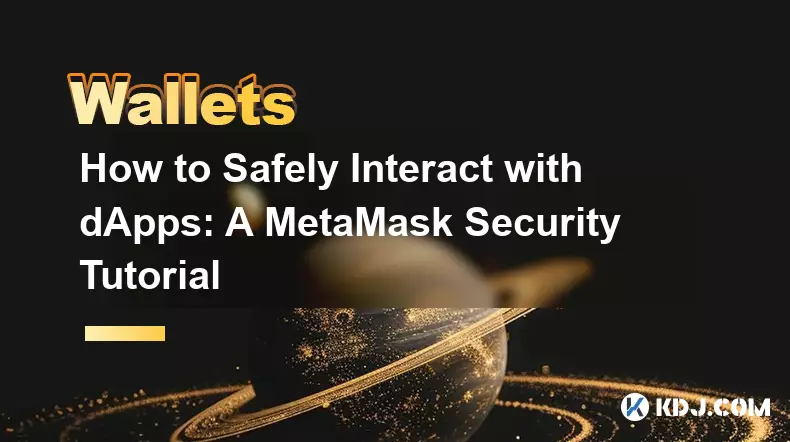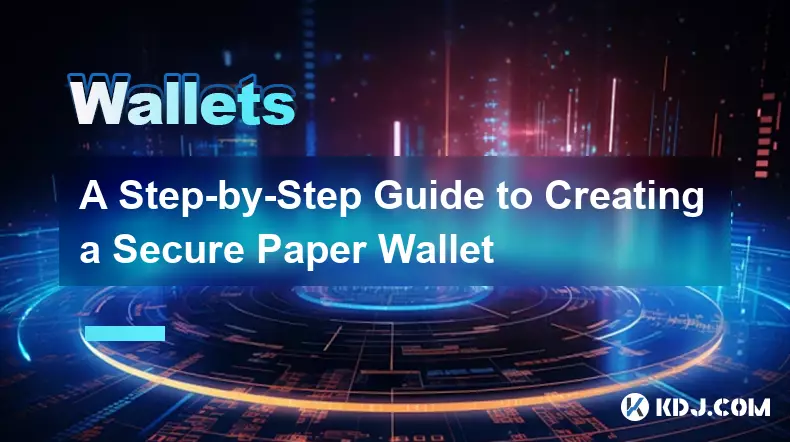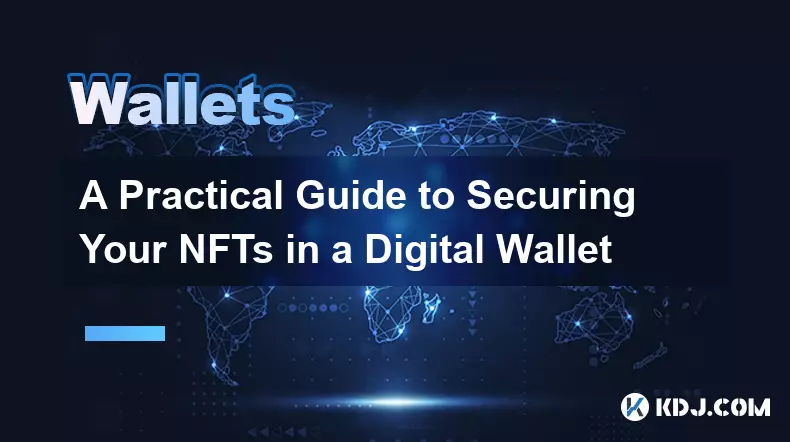-
 bitcoin
bitcoin $107015.826941 USD
-2.18% -
 ethereum
ethereum $3637.352324 USD
-5.18% -
 tether
tether $0.999831 USD
-0.02% -
 xrp
xrp $2.338078 USD
-6.23% -
 bnb
bnb $998.272150 USD
-6.97% -
 solana
solana $167.598257 USD
-10.12% -
 usd-coin
usd-coin $0.999863 USD
0.01% -
 tron
tron $0.282573 USD
-5.09% -
 dogecoin
dogecoin $0.169891 USD
-7.39% -
 cardano
cardano $0.557554 USD
-7.03% -
 hyperliquid
hyperliquid $39.914802 USD
-5.85% -
 chainlink
chainlink $15.414549 USD
-9.97% -
 bitcoin-cash
bitcoin-cash $510.361911 USD
-4.26% -
 ethena-usde
ethena-usde $0.999194 USD
-0.03% -
 stellar
stellar $0.282092 USD
-6.07%
How to report a scam or phishing attempt in Coinbase Wallet?
Scammers target Coinbase Wallet users via fake sites, apps, and impersonation—always verify URLs, never share your seed phrase, and report phishing to Google and Coinbase immediately.
Sep 13, 2025 at 04:18 pm

Understanding Scam and Phishing Threats in Coinbase Wallet
1. Cybercriminals frequently target cryptocurrency users through deceptive websites, fake applications, and social engineering tactics. These malicious actors aim to steal private keys, seed phrases, or login credentials associated with digital wallets like Coinbase Wallet. Users must remain vigilant when interacting with links, emails, or messages claiming to be from official sources.
2. Phishing attempts often mimic the design and language of legitimate platforms to trick users into entering sensitive information. A common method involves sending fraudulent URLs that resemble Coinbase’s official domains. Once a user inputs their credentials or recovery phrase, attackers gain full access to the wallet and can transfer funds instantly.
3. Fake customer support accounts on social media or messaging apps are another vector used to extract confidential data. These impersonators may offer “assistance” with wallet issues but are solely focused on compromising accounts. Recognizing these patterns is essential for protecting assets.
4. The decentralized nature of blockchain means transactions cannot be reversed. If funds are sent to a scammer, recovery is nearly impossible. This underscores the importance of reporting suspicious activity immediately to prevent others from falling victim.
5. Awareness and prompt action form the first line of defense. Understanding how scams operate enables users to identify red flags before they result in financial loss.
How to Report a Phishing Website or App
1. If you encounter a website pretending to be Coinbase Wallet, do not enter any personal information. Take note of the URL and capture screenshots if possible. This evidence helps security teams analyze and shut down fraudulent sites.
2. Visit Google’s Report Phishing page and submit the malicious URL. Google Safe Browsing works with major browsers to flag or block harmful sites, reducing their reach.
3. Report the phishing domain directly to Coinbase through their official Abuse Reporting Form. Include all relevant details such as the site address, time of encounter, and any communication received.
4. If the phishing attempt occurred via an app, report it to the respective app store—Google Play Store or Apple App Store. Search for the app listing and use the “Report this app” feature to alert platform moderators.
5. Notify your contacts if you believe the scam targeted people within your network. Sharing information about active threats contributes to broader community protection.
Reporting Fraudulent Social Media Accounts
1. Scammers often create fake profiles on Twitter (X), Telegram, Discord, or Instagram using logos and branding similar to Coinbase. They may promise giveaways or technical help to lure victims.
2. On Twitter, navigate to the suspicious profile, click the three-dot menu, and select “Report.” Choose the option indicating impersonation or spam. Provide additional context if prompted.
3. For Telegram channels or bots distributing phishing links, report them directly within the app by opening the chat, tapping the contact name, and selecting “Report.” Specify that the content promotes fraud or identity theft.
4. Discord servers promoting fake Coinbase support should be reported using the platform’s internal reporting tools. Server members can also flag individual messages containing malicious links.
5. Forward direct messages containing scam offers to phishing@coinbase.com. Coinbase maintains a dedicated team to investigate and respond to impersonation attempts.
Securing Your Wallet After Exposure
1. If you mistakenly entered your seed phrase or password on a phishing site, assume the wallet is compromised. Immediately transfer all funds to a new wallet created on a clean, secure device.
2. Never reuse seed phrases or private keys across wallets. Generate a completely new recovery phrase using a trusted wallet application verified through official channels.
3. Enable two-factor authentication (2FA) on any linked accounts, especially email addresses connected to wallet services. Use an authenticator app instead of SMS-based verification for stronger protection.
4. Monitor transaction history regularly for unauthorized movements. Blockchain explorers allow users to track incoming and outgoing transfers even without logging into the wallet interface.
5. Consider using hardware wallets for long-term storage. These devices keep private keys offline, significantly reducing exposure to online threats.
Frequently Asked Questions
Can Coinbase recover my funds if I sent them to a scammer?No. Due to the irreversible nature of blockchain transactions, Coinbase cannot reverse or refund funds once they have been transferred out of your wallet.
What should I do if I receive an email claiming to be from Coinbase Wallet asking for my password?Delete the message immediately. Coinbase will never ask for your password or recovery phrase via email. Mark the email as spam and report it to phishing@coinbase.com.
Is there a way to verify if a website is officially affiliated with Coinbase?Yes. Always check the URL for 'coinbase.com' or 'wallet.coinbase.com.' Avoid clicking links from unsolicited messages. Manually type the official address into your browser to ensure authenticity.
Does Coinbase Wallet have a built-in scam detection feature?Coinbase Wallet includes warnings when navigating to known malicious sites and blocks certain high-risk transactions. However, user vigilance remains critical as new scams emerge daily.
Disclaimer:info@kdj.com
The information provided is not trading advice. kdj.com does not assume any responsibility for any investments made based on the information provided in this article. Cryptocurrencies are highly volatile and it is highly recommended that you invest with caution after thorough research!
If you believe that the content used on this website infringes your copyright, please contact us immediately (info@kdj.com) and we will delete it promptly.
- Bittensor's Wild Ride: TAO Token's Volatile Moves Explained
- 2025-11-05 05:20:02
- Decoding Crypto's Wild Ride: Insights on Bitcoin, XRP, and the Future of Digital Assets
- 2025-11-05 05:30:01
- ASTER Crash, Binance & Market Chaos: Decoding Crypto's Wild Ride
- 2025-11-05 05:30:02
- BNB Price Plunge: Crypto Sell-Off Deepens, What's Next?
- 2025-11-05 05:50:13
- Unlocking Crypto's Future: NIP Group's Bitcoin Bet, Altcoin Liquidity Boost, and the Rise of Little Pepe
- 2025-11-05 05:50:13
- Backend-for-Frontend, Token Theft, and Security: Navigating the Treacherous Waters of Modern Web Apps
- 2025-11-05 05:10:01
Related knowledge

Reviewing Smart Contract Permissions: A Critical Security Step
Nov 01,2025 at 04:55pm
Understanding Decentralized Exchanges in the Crypto Ecosystem1. Decentralized exchanges (DEXs) have reshaped how traders interact with digital assets ...

The Complete Guide to Passphrase Protection on Hardware Wallets
Nov 03,2025 at 10:37am
Understanding Passphrases in Hardware Wallets1. A passphrase, often referred to as a 25th word, adds an additional layer of security beyond the standa...

How to Safely Interact with dApps: A MetaMask Security Tutorial
Nov 04,2025 at 02:54am
Understanding dApp Interaction Risks1. Decentralized applications (dApps) operate on blockchain networks, enabling users to trade tokens, lend assets,...

A Step-by-Step Guide to Creating a Secure Paper Wallet
Nov 05,2025 at 04:39am
Understanding the Basics of a Paper Wallet1. A paper wallet is a physical document that contains the private and public keys of a cryptocurrency addre...

Software Wallet Security Vulnerabilities You Need to Know
Nov 01,2025 at 11:37am
Common Exploits Targeting Software Wallets1. Phishing attacks remain one of the most widespread threats to software wallet users. Cybercriminals desig...

A Practical Guide to Securing Your NFTs in a Digital Wallet
Nov 03,2025 at 04:55am
Understanding NFT Wallet Security Fundamentals1. NFTs, or non-fungible tokens, exist on blockchain networks such as Ethereum, Solana, and Polygon, mak...

Reviewing Smart Contract Permissions: A Critical Security Step
Nov 01,2025 at 04:55pm
Understanding Decentralized Exchanges in the Crypto Ecosystem1. Decentralized exchanges (DEXs) have reshaped how traders interact with digital assets ...

The Complete Guide to Passphrase Protection on Hardware Wallets
Nov 03,2025 at 10:37am
Understanding Passphrases in Hardware Wallets1. A passphrase, often referred to as a 25th word, adds an additional layer of security beyond the standa...

How to Safely Interact with dApps: A MetaMask Security Tutorial
Nov 04,2025 at 02:54am
Understanding dApp Interaction Risks1. Decentralized applications (dApps) operate on blockchain networks, enabling users to trade tokens, lend assets,...

A Step-by-Step Guide to Creating a Secure Paper Wallet
Nov 05,2025 at 04:39am
Understanding the Basics of a Paper Wallet1. A paper wallet is a physical document that contains the private and public keys of a cryptocurrency addre...

Software Wallet Security Vulnerabilities You Need to Know
Nov 01,2025 at 11:37am
Common Exploits Targeting Software Wallets1. Phishing attacks remain one of the most widespread threats to software wallet users. Cybercriminals desig...

A Practical Guide to Securing Your NFTs in a Digital Wallet
Nov 03,2025 at 04:55am
Understanding NFT Wallet Security Fundamentals1. NFTs, or non-fungible tokens, exist on blockchain networks such as Ethereum, Solana, and Polygon, mak...
See all articles










































































